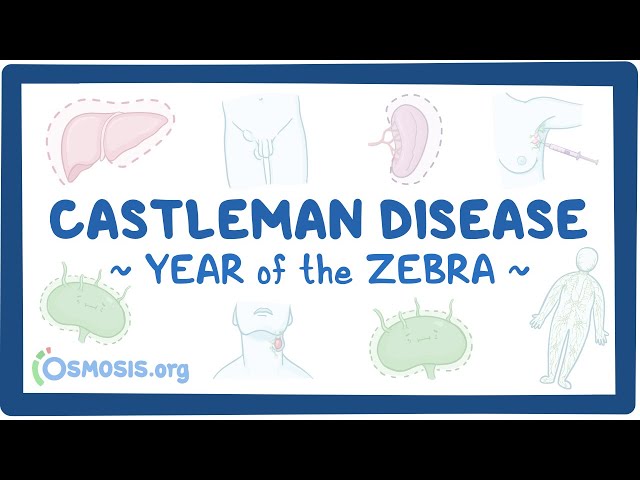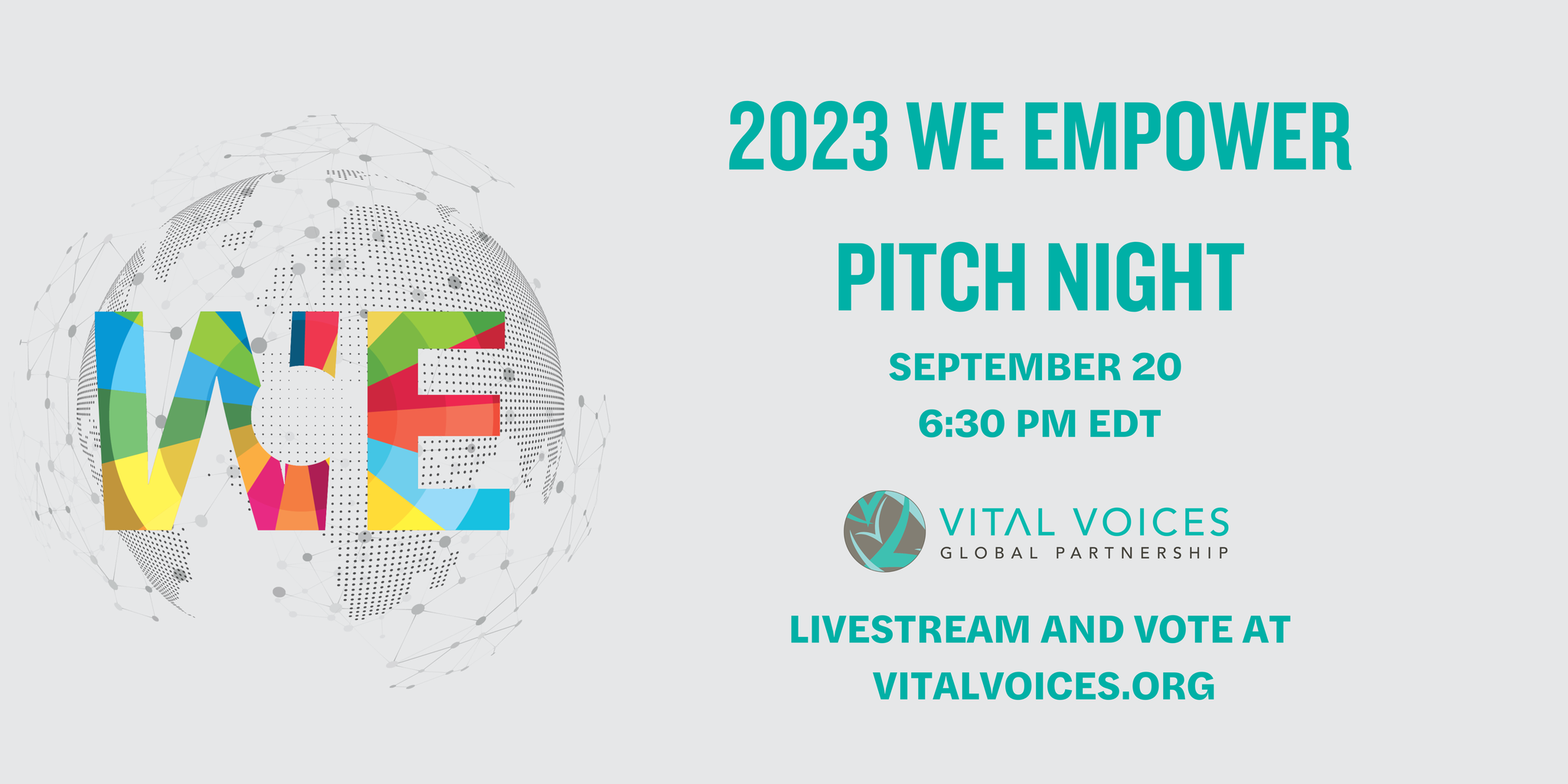A Progressive Approach to Applied Behavior Analysis
The Autism Partnership Method
2024, Pages 103-113
A Progressive Approach to Applied Behavior Analysis
The Autism Partnership Method
2024, Pages 17-27
WE Empower Pitch Night, hosted by Diane von Furstenberg, will be a dynamic evening event bringing together top business leaders, the media and other key influencers to participate in an innovative pitch competition with five impressive WE Empower Awardees from around the world. Each awardee will present her business to a panel of high-level experts for the opportunity to receive a $10,000 grant. The Pitch Night will run from 6 p.m. - 8 p.m. EDT and be livestreamed on the Vital Voices homepage: https://www.vitalvoices.org/


